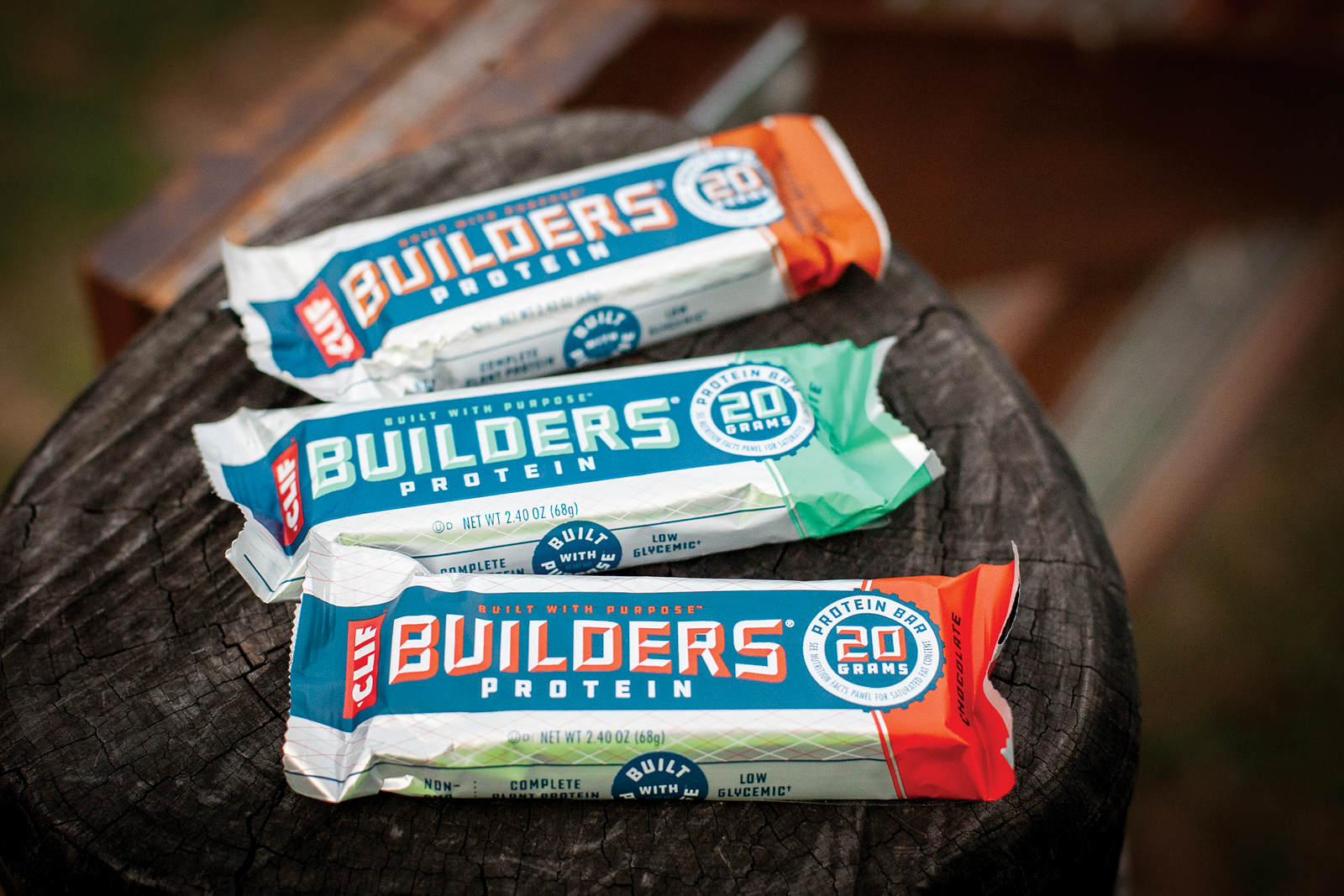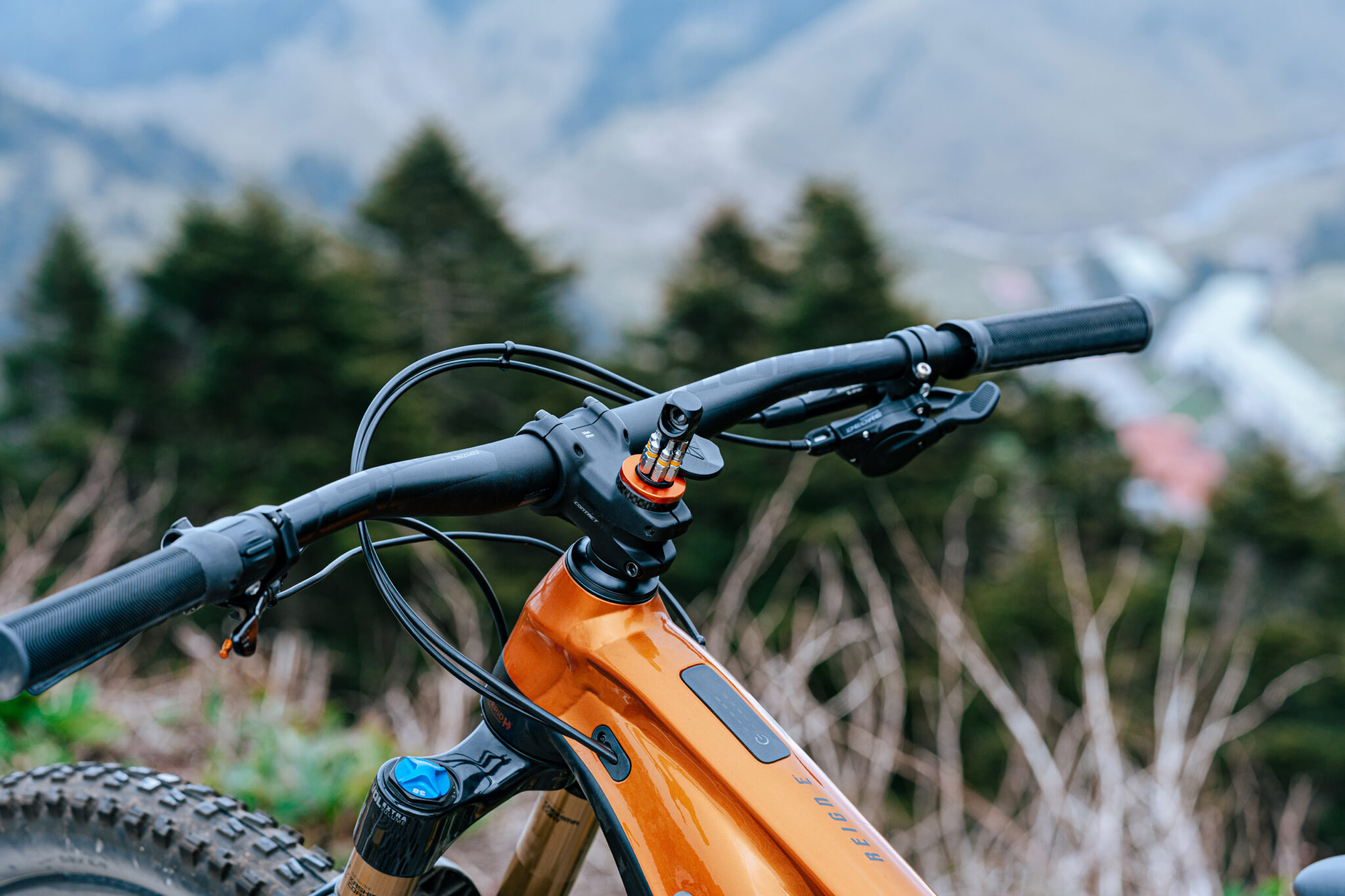Words: Zoe Wilson
Photos: Nick Waygood, Mike Blewitt
Trying to get stronger on the bike? Looking to increase muscle mass so you can fly on the downhill and power through the trails? Figuring out what to eat to gain muscle doesn’t have to be difficult and you don’t need to rely on supplements either. With just a little basic food knowledge, you can learn how to build muscle and make the most of time spent training.
Often when we think about building muscle, we automatically think about eating more protein and spending hours in the gym. Luckily, it doesn’t have to be that complicated.
Obviously, strength training is key. Following a progressive strength training program consistently is the best way to build lean muscle. When it comes to diet, there are a few simple principles to follow.

Whilst protein is important, there is more to it than that! Eating enough, as well as the right proportion of macronutrients will fuel the body well, support recovery from training and maximise the growth of lean muscle mass. However, eating the right foods doesn’t have to be complicated, so let’s take a look.
Eat enough:
First things first, you need to eat enough. Building muscle requires fuel. In order for the body to train well, recover, build muscle, and power through your day you'll need plenty of fuel. Inadequately fuelling leaves the body with no choice but to use fat and muscle stores for energy instead, undermining the work you’re putting into training.
The amount you need to eat each day will vary depending on your age, height, weight and the amount of training and physical activity you’re doing. If you’re concerned about also gaining fat, try slowly increasing calories until you notice results. If you’re losing weight, you’re likely not eating enough to match your training demands.

There are lots of energy requirement calculators online and sports watches often give an estimate, but if you’re unsure, see a Sports Dietitian who can help you figure out how much to eat day to day.
Fuel well:
Carbohydrate provides the major fuel for exercise, especially during prolonged continuous exercise (think your long ride) or high-intensity work. Carbohydrates also fuel the process of breaking down protein and repairing muscle tissue. The body has a limited capacity to store carbohydrates so they must be eaten regularly to support regular training. Low carbohydrate stores can lead to fatigue and impair the immune system, making consistent training difficult. In other words, it’s not all about protein for muscle building – carbohydrate is also essential.

The 2016 Medicine & Science in Sports & Exercise Journal Position Statement on Nutrition and Athletic Performance recommend the amount of carbohydrate needed to sustain moderate training for approximately one hour per day is 5-7 grams of carbohydrate per kilogram of body weight per day. If training more than one hour per day or at high intensities, carbohydrate requirements will increase. On heavier training days, more carbohydrate is needed, and recovery days much less. So, vary carbohydrate intake to avoid over- or under-fuelling. A good way to do this is to add additional carbohydrate around training. For example, eating prior to a long ride or high intensity session and topping up fuel stores during any session longer than an hour.
Great pre-ride options include fruit, cereal, toast or a carbohydrate-based drink like sports drink or juice if you can’t stomach something solid. During a ride, opt for specific sports foods (think bars, gels, chews or sports drink) or homemade muesli bars, rice cakes, dried fruit, jam or honey sandwiches or a banana.
The nuances of protein for muscle gain:
Eating enough protein is essential for muscle building. However, also pay attention to the timing, and type of protein in your diet. In 2017 the International Society of Sports Nutrition published their Position Stand on protein and exercise with several key recommendations for protein intake. The three key takeaways were:
- For building muscle mass aim for an overall daily protein intake of 1.4–2.0 grams of protein per kilogram of body weight per day
- The ideal amount of protein to eat at a time is around 20g which gives approximately 2-3g Leucine (an amino acid helpful for protein synthesis)
- Eat protein regularly throughout the day (every 3-4 hours is a good way to go) as the body keeps repairing and rebuilding throughout the day.
Great protein options with around 20g protein include 2 large eggs on toast, 100g cooked meat or fish, 2 tbsp nut butter on 2 pieces of multigrain toast, 4 slices of cheese on multigrain crackers or a bowl of cereal or muesli with milk and yoghurt. Starting recovery post ride or session with one of these options will get you off to a good start, then you can keep topping up during your meals and snacks throughout the day.
Do you need to take a supplement?
Most people will be able to meet the requirements for carbohydrates and protein without needing to add supplements. However, if you follow a vegan or vegetarian diet which has less high biological value proteins (from animal sources), then supplementation with a soy or quinoa-based protein powder may help. Creatine may also be useful but it's best to speak with a Sports Dietitian and your GP before starting a supplement like this.

Eat to build muscle:
Eating to gain muscle doesn’t have to be complicated or involve lots of supplements. Eat enough, eat regularly and eat a good variety of carbohydrate and protein rich foods and you’ll maximise the effort you’re putting into your workouts.
After more nutrition articles? Click here.






